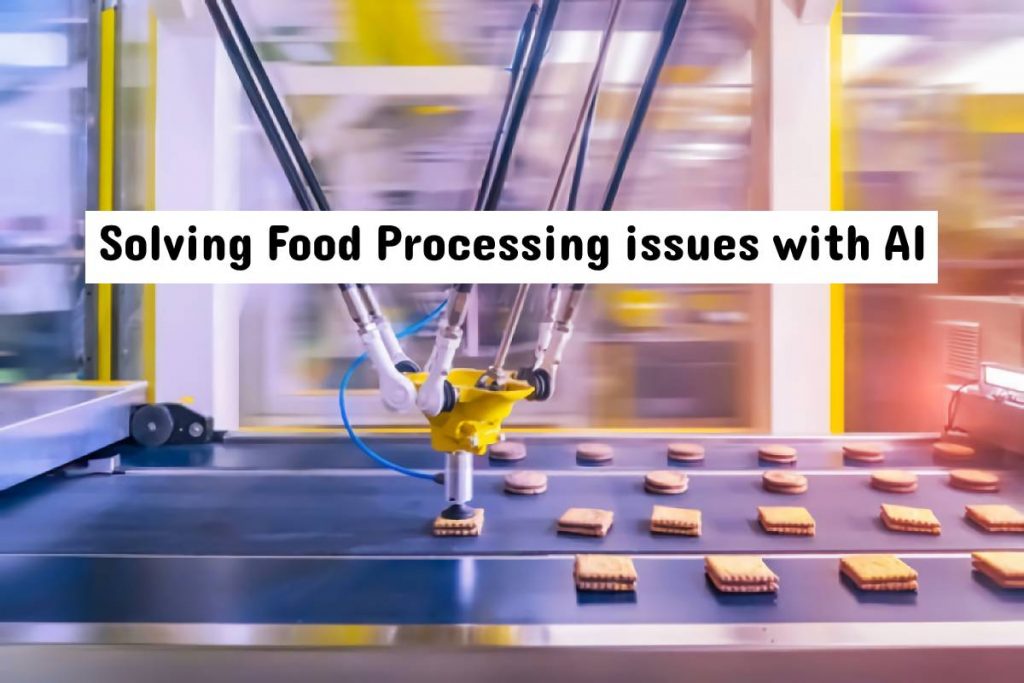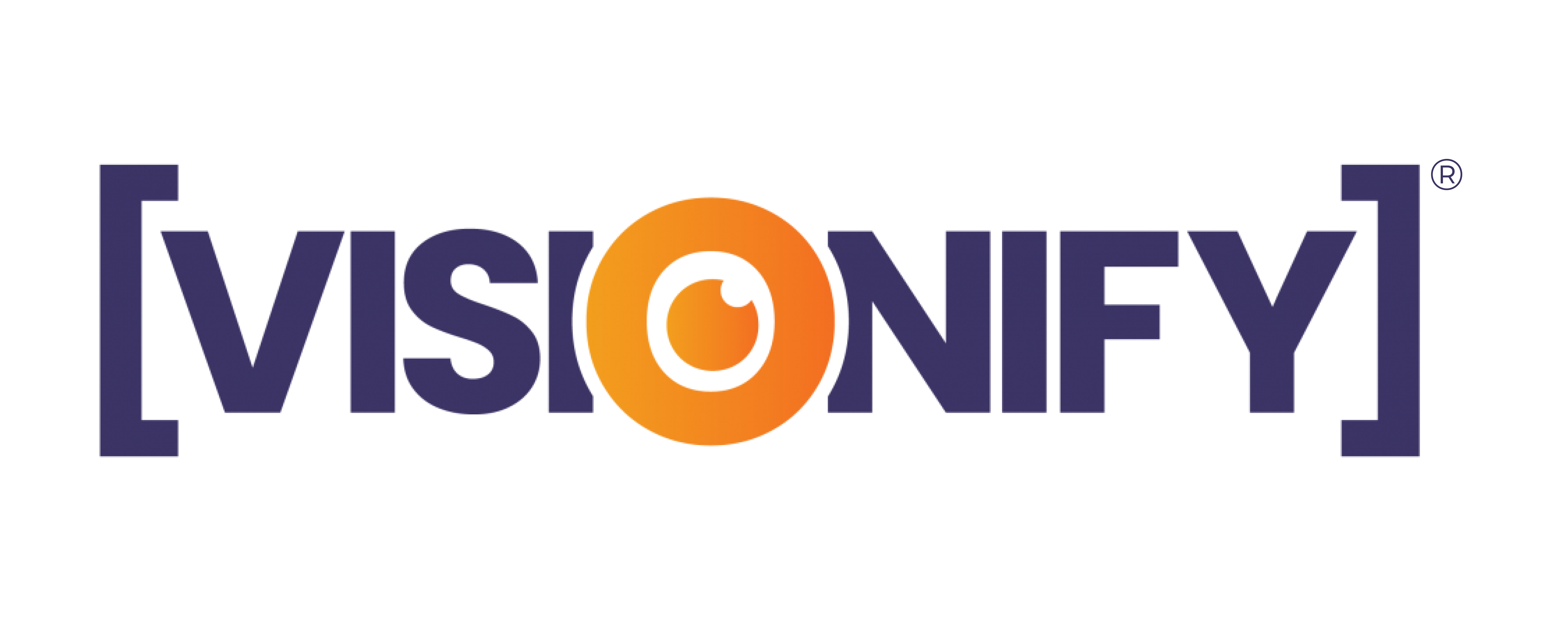
Food processing is one of the many industries deeply impacted by the advent of Artificial Intelligence. A pretty helpful ally, AI’s influence and application in the food industry is only set to increase in the years to come. In the food industry, AI is widely used for quality control, food safety, production speed, reliability of products, and increasing production capacity. Moreover, food processing machines have increased their usage of artificial intelligence thanks to technological advances.
AI applications programmed for the food processing industry are constantly learning about new and enhanced processing techniques and the ability to execute operations effectively. And it is not just a manufacturing process. AI is heavily used in almost every step, from harvesting to preserving food products.
Even though the usage of AI in food processing is increasing rapidly, the status shows that the food industry has only seen a small glimpse of the vast giant that AI is.
Some of the standard applications of AI in the food industry include:
Smart Cleaning
Food processing machines, such as meat grinders and patty formers, have to face the challenging task of cleaning every few hours of the production cycle. Today food processors use CIP (clean in place) systems to clean their machines. These systems spray water and chemicals on these heavy-duty machines to remove food residues.
But results have shown that AI-powered ultrasonic sound waves and UV light make industrial cleaning more efficient and cost-effective. This solution helps in reducing water use and other resources required for cleaning.
Ultrasonic sensors are used outside of pipework and equipment, while UV systems that use lights and cameras are mounted inside of the tank. Both solutions use machine learning models to determine when the surface is clean.
Finding the source of a problem
When you need to fix downtime or machinery issues, AI systems help you detect more potential causes than humans. When observing variables, AI can discover correlations that might go unnoticed by human observers. AI can help you detect variations and inefficiencies at every stage of production. These include changes in product weight, quality rejects, size and shape variances, color inconsistencies, and unstable production.
For Instance, a European bakery recently used artificial intelligence to help with a production-line problem producing underweight bread.
The solution detected the following conditions that lead the production an underweight bread:
1. When the baking temperature of the bread is more than 400 degrees Fahrenheit.
2. When the speed of the production belt is less than 5 meters per second
After adjusting the above parameters, the company reduced the percentage of underweight bread from 7.4% to just 2.2% and saved around $1 million annually.
Foreign object detection with computer vision
To avoid product recalls and make processed food safer, food processing companies are using foreign object detection solutions with the help of machine vision cameras.
For instance, if we take cheese manufacturers, they face many issues with plastic parts mixed with cheese while packing. So to detect these plastic parts on the cheese from multiple angles. In-line machine vision cameras are installed aerially to capture foreign objects on packed cheese.
When a foreign object is detected in cheese, it will be sent to another conveyor belt. This process makes every cheese package free from foreign objects.
The future of artificial intelligence in food processing looks incredibly promising. Technology seems to progress rapidly, and more and more advancements are being made daily. As the technology improves, its applications will increase quickly in various industries, including food processing.

